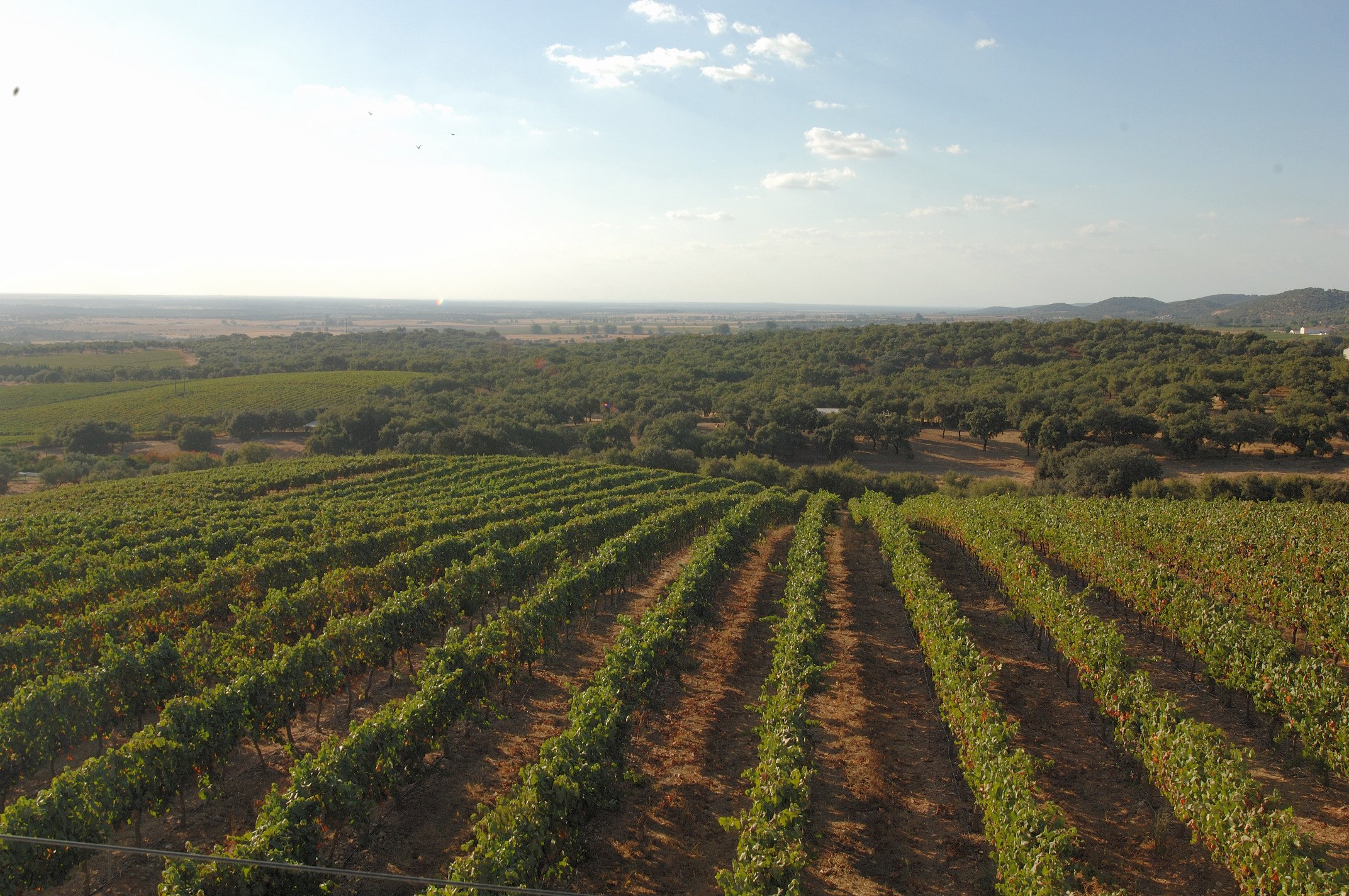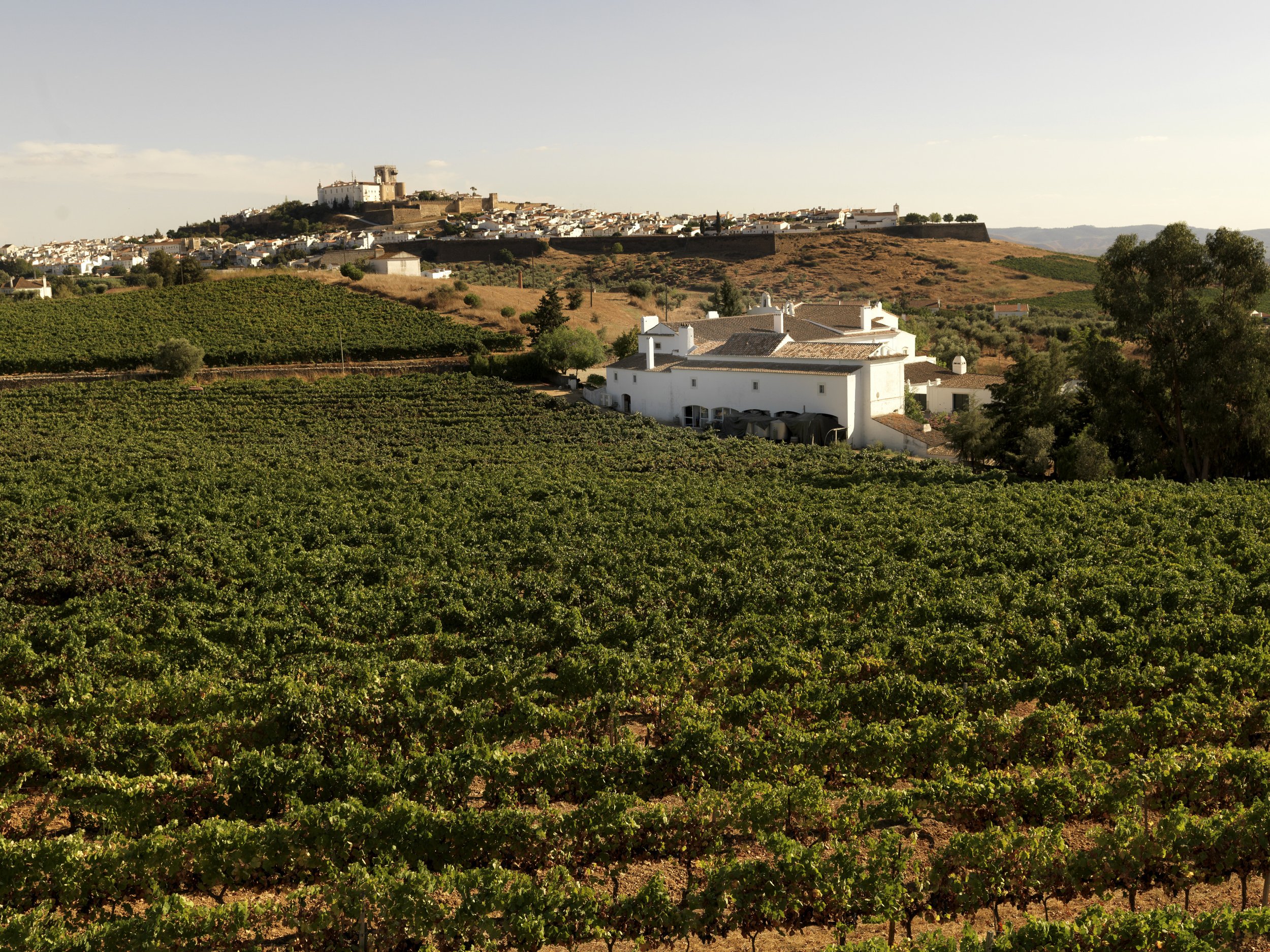
Quinta do Mouro
Estremoz, Alentejo
Impeccably balanced. Uniquely transparent.
If wines like Barca Velha and Mouchao are the Portuguese equivalent of Napa’s Cult wines like Harlan or Screaming Eagle, then Quinta do Mouro is the equivalent of Heitz: Impeccably balanced, uniquely transparent of one of the most special terroirs in Portugal, and a reputation among those “in the know” as one of the best estates in the country.
Quinta do Mouro sits in Estremoz, on a plateau around 400 meters of elevation in Northern Alentejo. The elevation is created by a confluence of several different mountains with various tectonic origins. As a result, Estremoz contains one of the most complex mosaics of soil types in all of Portugal, with pockets and layers of schist, marble, granite and limestone of varying compositions and textures (Estremoz also used to be one of the most important marble quarries in Europe, and the city itself is filled with beautifully, blindingly white buildings). The plateau also creates a unique geography, giving both elevation and a lack of shelter, causing a very high diurnal shift.
Quinta do Mouro was born in the tumultuous post-Salazar era of Portuguese industry, when international investment, and flavors, started pouring into Portugal. From the perspective of the wine industry, Northern Alentejo was ground zero for “modern” wine to take a foothold in the country, with international grapes and Parker pleasing winemakers taking center stage. Quinta do Mouro does show the influence of this history. Rows of Cabernet Sauvignon abut those of Touriga Nacional (a grape that, while Portuguese, is not native to the warmer expanses of Alentejo). But the wines are anything but the gloupy, ill-defined, over made wines of Parkerization gone wild. Instead, the wines offer exceptional balance of structure, mid palate intensity, and elegance. They are a love letter to Estremoz.
All of the vines on the estate were planted in the mid to late 1980s. The top plots, particularly those of Alicante Bouschet planted where a vein of schist clashes with a vein of marble, consistently make it into the flagship Quinta do Mouro. Trincadeira, native to the region, plays an increasingly big part in the Zagalos and Vinha do Mouro wines, with flamboyant aromatics, soft tannins, and very high acidity maintained through the ripening process. A bit like Portuguese Zinfandel. Beyond that, the blends are selected in the winery for each cuvee, but even the entry level Vinha do Mouro is 100% estate fruit coming from 40ish year old vines.



